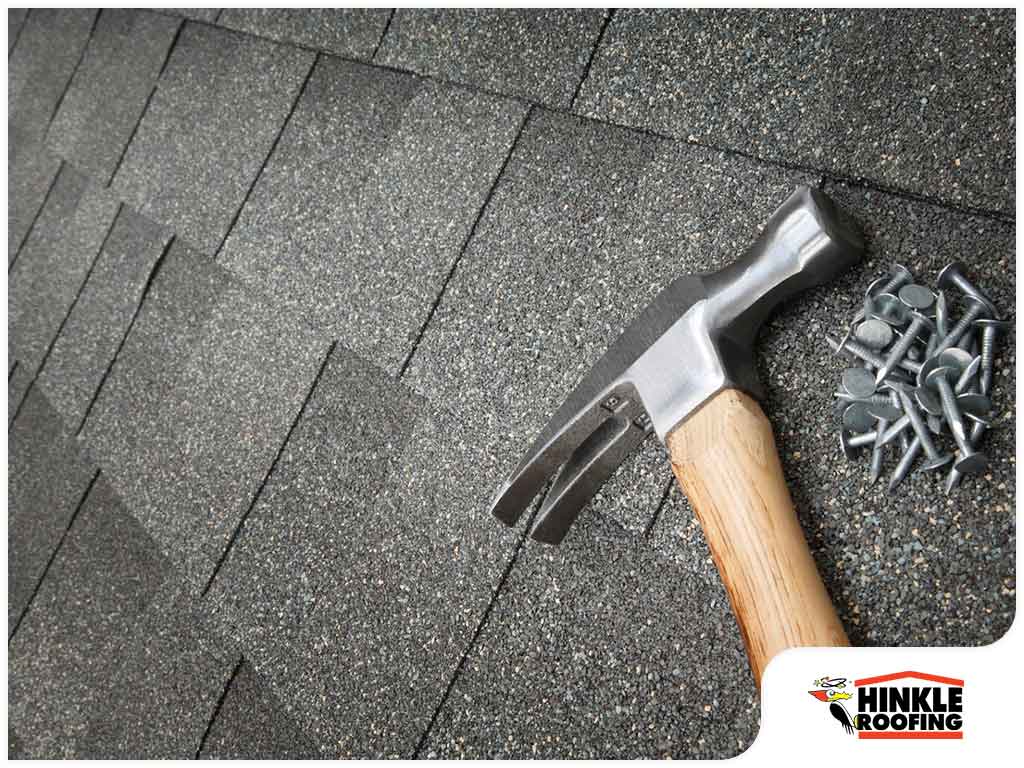As a trusted leader among local roofing companies, we know fully well how important it is to have your roof repaired or replaced properly. It’s our responsibility to address the roofing needs and concerns of our customers. As such, we’ve answered some of the more uncommon questions on roofing. Here’s what you need to know.

1. “Some of the Flashing on My Roof Looks Bad. Can You Give an Explanation of What This Is and How It Works?”
Flashing is a strip of material used for covering joints on the roof and walls. They’re typically made of aluminum or other metals, and you see them installed on places where the roof slopes meet. If you think your flashing looks bad, they may actually be damaged. This could be caused by several factors, such as exposure to weather conditions over time, which does occur almost naturally. But if you’ve already had a recent re-roofing, then it could be a case of premature deterioration. Call your local roofer and have it checked.
2. “Which Roof Will Last Longer: One With a Steep Pitch or One With a Shallow Pitch?”
It really depends on a few location-specific factors. For instance, a steep roof won’t collect as much leaves and other debris that retain moisture on its shingles, which encourage moss and algae growth. But if it’s in an unshaded area facing south, it will be almost fully exposed to the sun, making it a hard location to be in. Whether you have a steep or shallow pitch, a roof that’s not vented properly won’t extend its lifespan any longer. Heat can easily build up and damage its inner structure, which can force you to spend more than you should on repairs by the time you hire a roofing contractor to make the timely inspection. It’s factors like these that can also affect the durability of the roof’s shingles. The side of your roof facing tougher weather will surely deteriorate faster than the other side.
3. “I Want to Prevent the Valleys on My Roof From Leaking, so I’m Thinking of Having an Ice and Water Shield Installed. What’s the Best Type of Underlayment?”
What should be done first to lay an ice and water shield over your entire roof. The material itself is made of polyethylene and rubberized asphalt, preventing water that slipped under the shingles from penetrating through the roof. Only then should the valleys of your roof be covered with weaving or metal flashing. For extra protection, add two layers of the ice and water shield in the lower section of your roof, including around your chimneys and eaves area.
4. “What’s the Difference Between Skylights, Sky Windows and Roof Windows?”
Actually, not that much. Any glazed assembly that lets in natural light through a roof can be a skylight. It’s more common to use the term “skylight”, although some roofers use the term “roof window” at times. This is usually when the skylight is big enough that you can see both the sky and land through it, similar to a picture window. The term “sky window” is an even more uncommon term, but it’s used at least to describe the glazed areas in a flat roof.
5. “What Tips Do You Recommend When Installing a Sod Roof on My Home?”
One tricky issue for this type of roofing would be moisture buildup. Before anything, you must install a roofing underlayment that has good waterproofing qualities. This is to prevent moisture from condensing within your roof. Then add foamed insulation right underneath the roof. This creates a kind of thermal barrier that prevents the internal temperatures from changing rapidly and damaging the internal roof structure.
For over 110 years, customers have trusted our excellent services for their roofing and window replacement needs. Call us at Hinkle Roofing today at (205) 324-8545, or contact us through our convenient form online.












